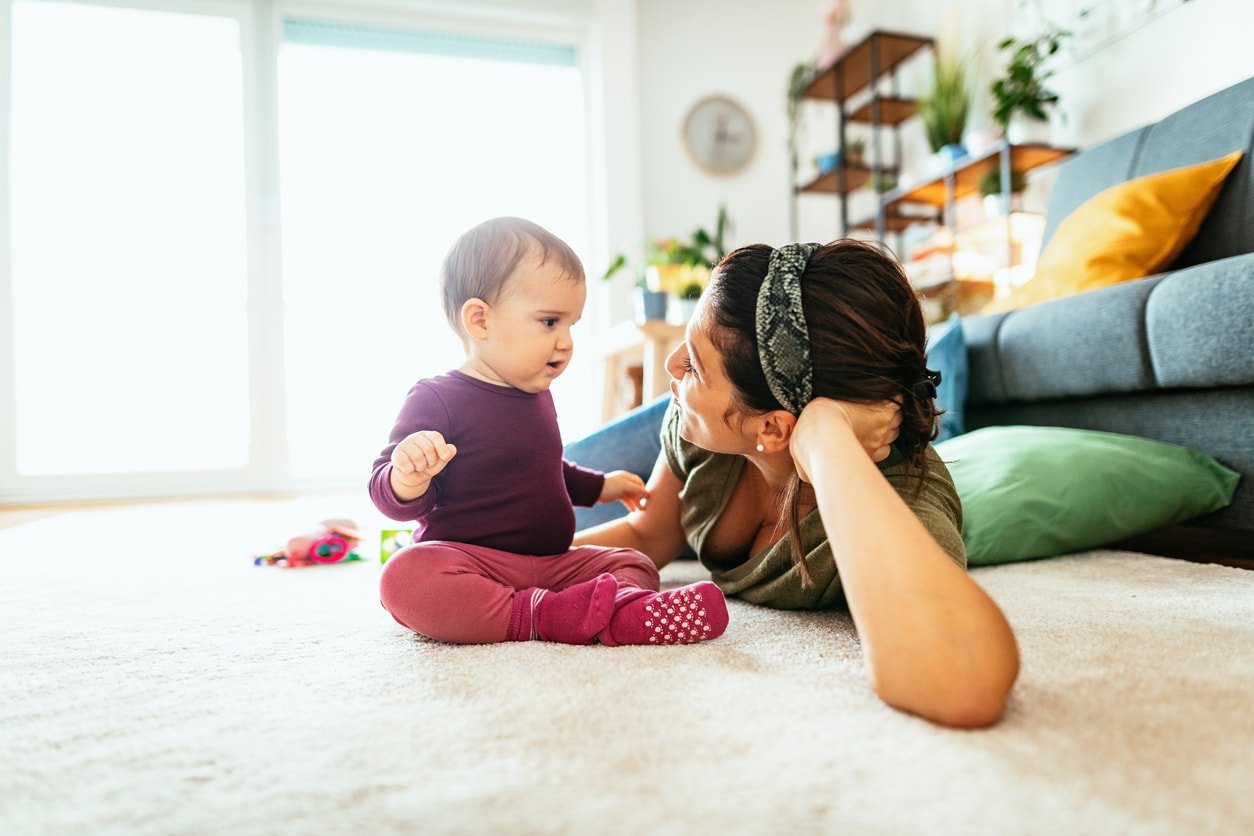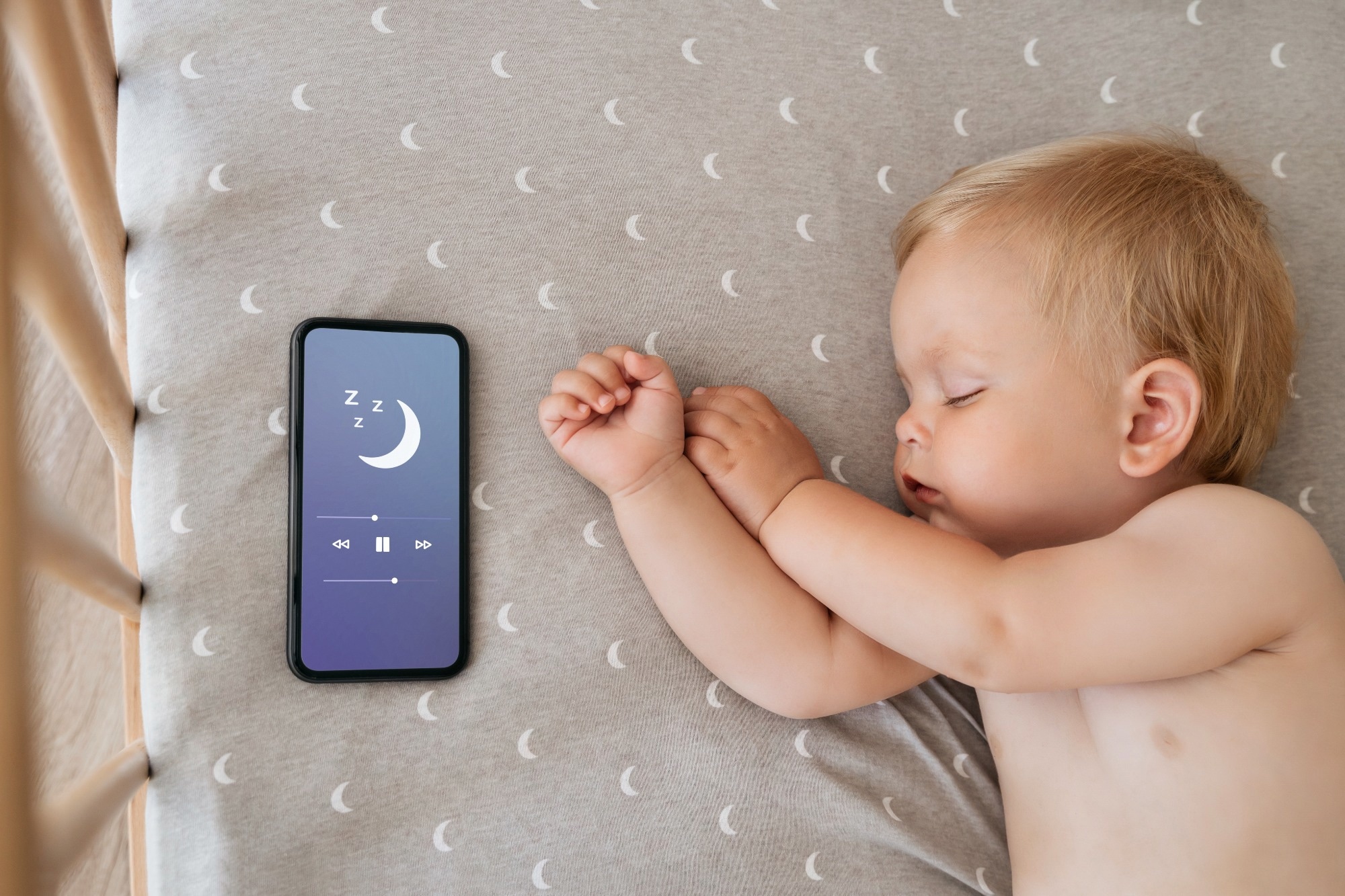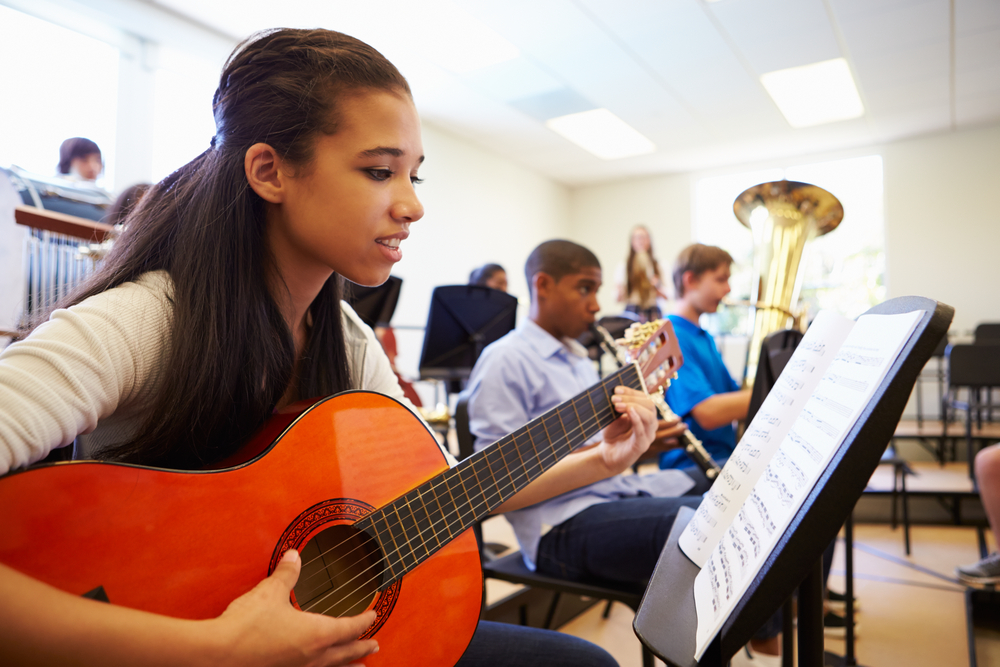Parents and caregivers are the most important teachers during a child’s early years, especially with baby language development. The stages of language development and reaching language development milestones are crucial parts of a child’s growth. It has a significant role in a child’s ability to communicate and understand the world around them.14
You can help promote language development in babies and toddlers by following simple strategies, activities, and routines early in their lives, like keeping your wording simple, using your “mommy voice,” and using facial expressions and mouth movements. These are just a few strategies to consider when promoting language development in your baby. Let’s look at a few others and examine what language development means.14,15
Language development is the process of developing the ability to communicate your wants and needs. Language has several components: phonology, semantics, syntax, and pragmatics. Children develop skills in each of these components as they grow; the first three years of a baby’s life is a critical period for developing speech and language skills.1,2,3
- Phonology: Refers to the study of patterns in sounds and languages.8
- Semantics: How different elements in language carry meaning.7
- Syntax: How words are put together to form phrases.6
- Pragmatics: Using the appropriate communication in social situations, like greetings and taking turns when talking.5
There are several stages of baby language development, broken into age ranges. It’s essential to remember these ranges are approximations. Every baby develops skills at their own pace. If you worry your baby isn’t meeting appropriate milestones in language development, contact your pediatrician for advice.3,4
At this language development milestone, your baby should startle at loud sounds, react when you talk, and appear to recognize your voice. They also will coo, smile at people, and have varied cries for different reasons.
Between four and six months, your baby should move her eyes to where she hears sounds and respond to changes in your tone of voice. Your baby will also notice which toys make sounds, pay attention to music, babble with you or alone when playing, giggle, laugh, and begin making speech-like sounds.
At this stage of language development, your baby should turn and look in the direction of sounds, look when you point, turn when you call his name, and begin to understand common words. Your baby will start to respond to simple words or phrases and listen to songs and stories. They’ll also start babbling longer strings of sounds and use sounds and gestures to get and keep attention. They may also begin imitating sounds or saying one or two words.
By the time your baby reaches two years, this milestone in language development will include following simple directions like “pet the dog.” Your baby will also respond to simple questions, point to pictures in a book when you name them, use many new words, and start to put two or more words together.
Here are some ways to help promote language development and the reaching of language milestones in your baby.
Did you know a baby can distinguish its mother’s voice from others as early as 36 weeks gestation? Babies begin hearing sounds and listening to voices in the womb and are born ready to learn. Infants are born with the ability to communicate and learn languages. Therefore, starting to talk and interacting with your baby as early as possible is essential. Talk to your baby during feeding, bathing, and diaper changes. Respond to your baby’s cries, coos, and gurgles. Sing songs, read books, and play games that involve sounds and movements.3,9
Reading to your child is an excellent way to promote language development. Reading exposes your child to new words, sounds, and ideas. It also helps them develop their listening and comprehension skills.10
Choose books with simple, repetitive language and colorful illustrations. Also, talk about the pictures, make connections with your child’s experiences, ask simple questions, sequence the story events, and read the same book repeatedly. Make reading a regular part of your child’s routine, and let them choose the books they want to read to keep them engaged.
Playing is a fundamental pillar of language development. Play with your child using toys that are rich in language. Use simple toys such as dolls, animals, blocks, puzzles, and cars. Like book reading, narrate what your child does while playing to help them associate words with objects and activities.11
Try limiting questions or asking your kids to copy you, like “What is this?” or “Say cow.” Instead, model what you want a baby to try and say themselves. Take playing with a farm toy as an example. You can label the animals, “I see the cow,” make noises like, “the cow says moo,” narrate actions, “cow is eating, nom nom nom,” label functional words, “cow is going up up up.” Be repetitive, over-exaggerate sounds and mouth movements, and pause for your child to imitate you without pressuring them.
Use Gestures and Baby Sign Language
Gestures and baby sign language are great tools for promoting language development in babies and toddlers. They allow your child to communicate with you before they can speak. Teach your child simple signs such as “milk,” “more,” and “all done.” Pair the gestures and signs with your words as you speak to your baby to help bridge the connection that these hand movements carry meaning.12
It’s okay if your little one does not use the exact gesture or sign you are modeling. They may create their own gesture in a way that is easy for their tiny hands to move. For example, when teaching my son “more,” instead of using the traditional sign, he began by simply clapping his hands together before it eventually evolved into the true gesture.12
Singing songs is an engaging way to teach babies language because their brains are drawn to the sound of music and melody. Popular children’s songs are often repetitive, use gestures, and include robust and functional language and vocabulary for kids to use daily. Classics like “Wheels on the Bus,” “Old McDonald,” and “Five Little Ducks” are great for this. Pair your child’s favorite songs while reading books or with toys representing each song. Have your child face you while singing so they can see your mouth, gestures, and enthusiasm during all the fun!13
Everyday Routines and Activities
Talking about daily activities is one of the easiest yet often overlooked ways to promote language development in babies and toddlers. Describe what you are doing as you go about your daily routines. From mealtime to bath time to grocery shopping and diaper changes, our everyday life events have the richest and most functional opportunities for teaching vocabulary, concepts, social language, and more. For example, describe the ingredients and steps you are taking while cooking. While getting dressed, talk about the clothes you are putting on, body parts, and their colors. There is nothing more valuable for your baby than you simply talking to them.13
You are your child’s best teacher, especially regarding the stages of language development and language development milestones. They are most engaged and excited to share experiences, games, and language with you. Talk to your little one as much as possible and try out some fun ways to promote language in your home. Get on the floor, be silly, and make them laugh. Some of the most incredible memories you will create with your kids are surrounded by watching them learn to talk.

 PARENTING TIPS
PARENTING TIPS







 PREGNANCY
PREGNANCY








 BABY CARE
BABY CARE








 TODDLERS
TODDLERS








 TEENS
TEENS
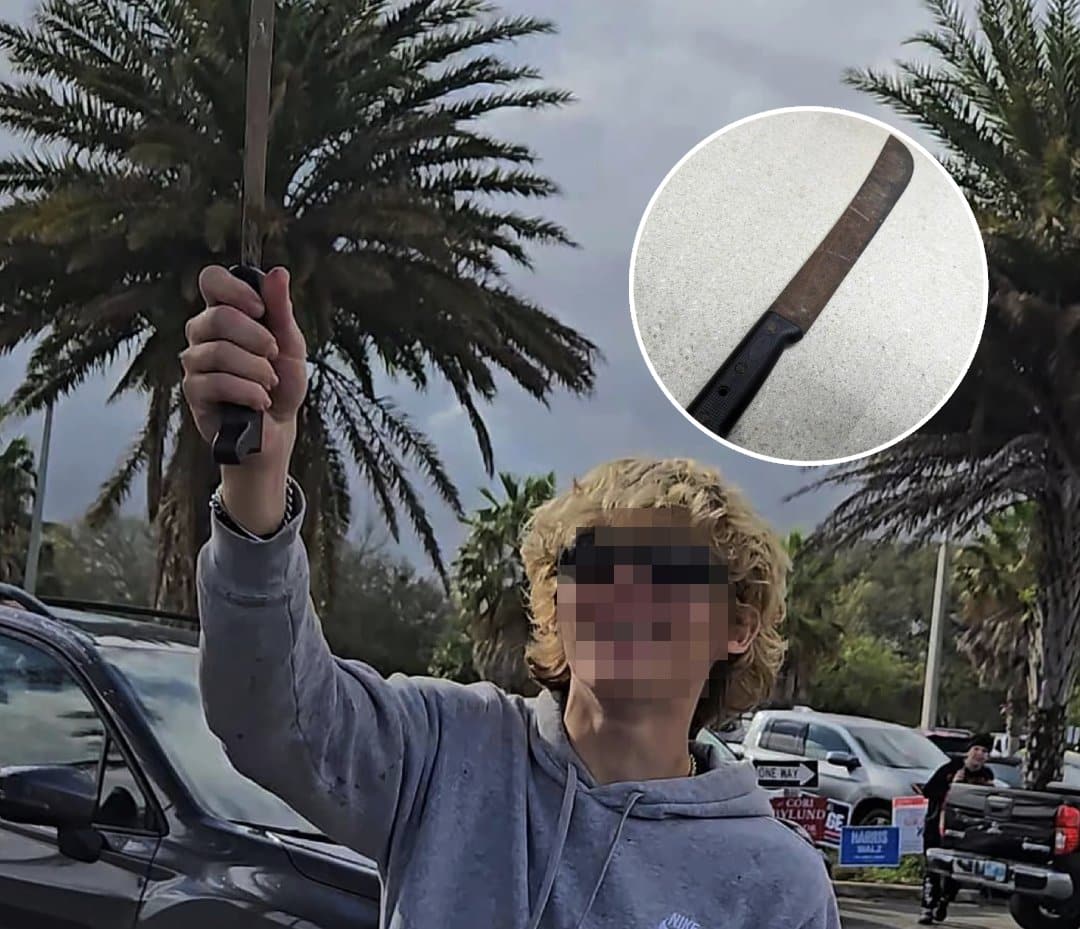

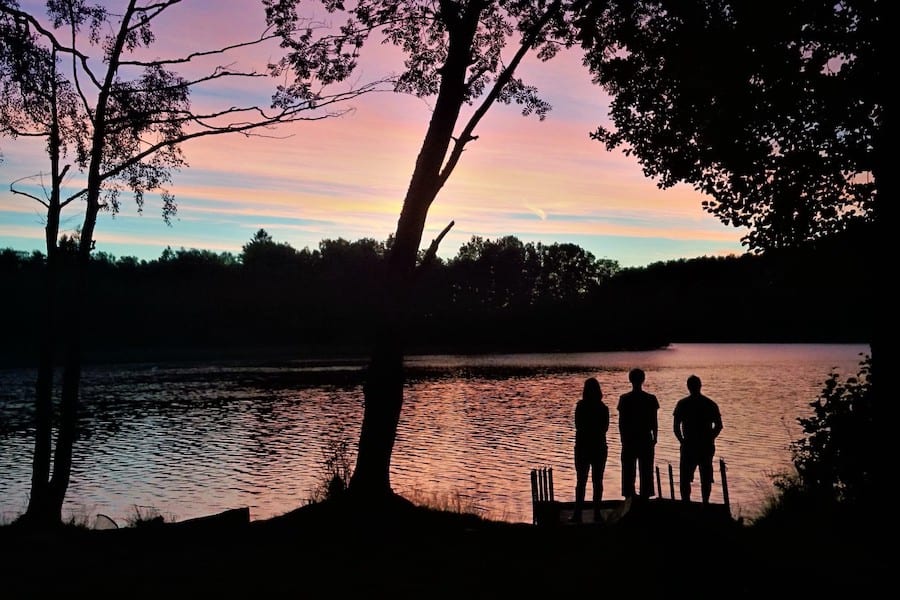





 HEALTH CARE
HEALTH CARE




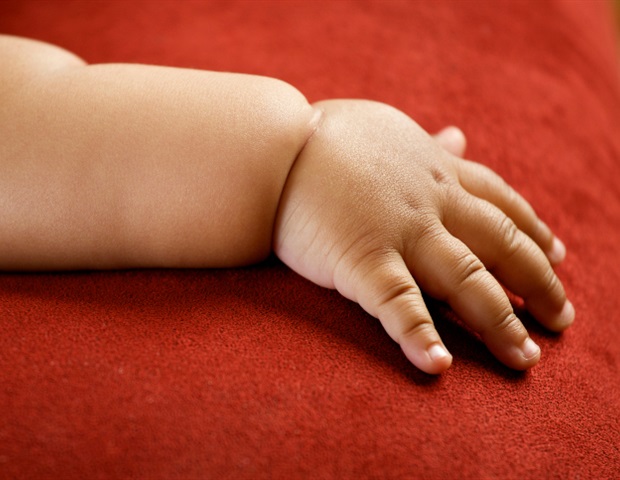

 ACTIVITIES & CRAFTS
ACTIVITIES & CRAFTS








 CONTACT
CONTACT ABOUT
ABOUT